 |
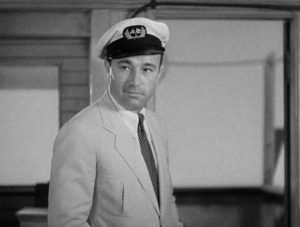 |
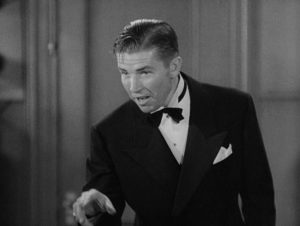 |
| Ann Darrow Fay Wray |
Carl Denham Robert Armstrong |
John Driscoll Bruce Cabot |
| Released by RKO Directed by Merian C. Cooper, Ernest B. Schoedsack Run time: 104 minutes |
||
Proof That It’s a Pre-Code Film
- This film touches lightly on a ton of material from white slavery to bestiality, that would be more carefully tampered down on in the ensuing years. Also, considering the amount of carnage King Kong reeks, it’s highly doubtful he would have gotten so sympathetic of a treatment through the next few decades of war and mass death.
- With that in mind, here are some notes from TCMDB on what got cut out of the film during subsequent Code-era reissues:
For King Kong‘s first reissue, in 1938, some of the original violence and sexuality had to be cut to satisfy the film industry’s Production Code, which had not been strictly enforced at the time of King Kong‘s original 1933 release. Among the lost shots were Kong’s removing Fay Wray’s clothes, natives being crushed in close-up by the giant ape and a horrifying scene in which he casually drops a woman picked up by mistake during his search for Wray in New York. The footage would not be restored until the late ’60s, with a restored print issued theatrically in 1971. In 1976, a new print with the restored scenes was struck from an original print discovered in the United Kingdom.
A 1942 reissue darkened certain scenes to minimize the violence.
- This scene is restored in most modern prints, but here’s the undressing scene mentioned above:
- That being said, the most famous scene not in this film is the long sought-after ‘Spider Pit Sequence’ where the sailors that Kong shakes off a log while on Skull Island are devoured alive by a group of grotesque mutant insects. While some had claimed to see it, it’s currently believed that the sequence was cut before release because it affected the film’s pacing.
King Kong: The Eighth Wonder
“Some big, hardboiled egg gets a look at a pretty face and bang– he cracks up and goes sappy!”
I’ve avoided writing about King Kong since this site began. It’s not just the size of the gorilla, but the lore, the fascination behind him that is so intimidating. There are books, movies, the works made entirely around the myth of Kong. Sequels, remakes, and re-imaginings have reverberated throughout the decades, with new ones still getting churned out– we’re being gifted a remake of Godzilla vs Kong this year, I believe, sans men in rubber suits.
King Kong is one of the most distinct pre-Code films, one that still carries a cachet with the general public when even the graceful greatness of pictures like Grand Hotel or It Happened One Night are treated as passe. The reason? Kong is pure adrenaline, one of the first great talking pictures that features relentless action, adventure and excitement, all wrapped around one of the most relatable non-human characters put on the screen.
If you’ve somehow avoided the plot to King Kong over the years and I am the first to grace you with it, I give you my thanks. We start on the foggy docks of New York, as movie director and adventurer Carl Dehman puts a crew together to sail for an uncharted South Seas island that’s rumored to possess monsters unknown to the Western world. His only hitch is that he needs a woman to lead the picture– the motion picture exhibitors demand it.
Denham finally finds his leading lady when he spots Ann Darrow reaching out for an apple on a cart, pained with hunger and unable to pay for it. Sensing that she’d make a great lead (and that she really doesn’t have any better offers on the table), Denham talks her into coming along on the adventure. On the way down, Ann and first mate John Driscoll grow close, though he soon becomes possessive and touchy, especially as the ship arrives at the fog-shrouded island.
The crew interrupts the island’s native tribe performing an ancient ritual in front of a large wooden gate. Denham stumbles as he tries to get inroads with them and the tribe revenges itself by kidnapping Ann and setting her up to be the new bride of a giant gorilla contained within the gates named Kong. Kong takes her deep into the island’s foliage, with Driscoll and Denham chasing furiously behind.
There are a number of battles with dinosaurs and monsters beyond the imagination, and then there is Kong with Ann, as the large gorilla grows both enchanted and protective of the terrified blonde. Jack rescues her, they escape and Denham manages to capture Kong, triumphantly shouting that he will turn King Kong into the star attraction of Broadway. And once they make it to New York…
Well, we all know how it goes from there, up to its instantly recognizable finale on the precipice of the Empire State Building. As John D’Amico so succinctly puts it, “Nobody cheers when Kong dies.”
There is so much to talk about in regards to Kong that it feels like no collection of reminisces or observations can do it justice. It’s a pulpy adventure tale that contains multitudes of self-referential humor. A crazed, determined filmmaker set out to make the ultimate creature feature, and that’s what happens in the film as well.
The film examines itself through Denham’s obsessions and the rote love story, often being just as curious about human nature as Kong is (though with a blessedly better outcome). Producer/director Merian C. Cooper, who’d adventured around the world to shoot documentaries and is without a doubt the inspiration for Denham, and his screenwriters created a world of mirrors. Everything in the movie rhymes.
This is most starkly seen in the film’s plot, which explores man versus nature with each in their element. While the crew of the boat is devastated handily by the ancient terrors of Skull Island, their horror seems minuscule compared to Kong, swept away and subjected to nameless cruelties to “take the fight out of him” as Denham prepared him for the lights of Broadway.
So we again return to Kong, lost in the city, seeking out Ann, angry and violent and undeniably mystified by the foreignness of it all. While Kong is used to a turbulent, malicious jungle, New York is the human world at its least caring and most indifferent. Denham says the line, but do Ann and Jack care about Kong beyond being the bump in their love affair? Without a doubt, it’s beauty– not just Wray, but the shiny technology up to the skyscrapers and then-new fighter planes, that kill the beast. When the audience saw Kong at the gates, he is terrifying. Filled with bullets and sprawled across Fifth Avenue, he’s pathetic.
If your first inclination after reading that last sentence is, “Hey, that’s not nice to say about Kong!”, I know! It’s not nice to say. But, to put it into context, you’re upset at me insulting the persona of a special effect in a 90-year-old movie. Willis O’Brien’s jerky, shifting animatronic puppet, along with other sublime feats of visual trickery, make Kong alive. The monster’s curiosity, something so often overlooked in other animal portrayals, makes him fascinating. It reveals the humanity of the great ape, which may be his real weakness and why audiences still come back to him and his heartbreak.
The film’s musical score from Max Steiner, who had both Gone with the Wind and Casablanca in his future, is masterful at crafting the epic scope of the film as well as pushing the film’s relentless pace as one of the very first musical scores designed for a sound film.
But Steiner had also learned the hard knocks of the talkie era, with my favorite musical moment the tyrannosaurus battle with Ann placed precariously on a branch. Steiner chooses to not score this scene, framing the match-up as a centerpiece by instead relying on the sound design and special effects work to capture the audience’s attention.
Even though actress Fay Wray was churning out films at the time with the best of the pre-Code actresses, there’s no doubt that this is the film for which she’s best remembered, with her stertorous screams becoming canonized in the horror mythos. Wray’s Ann is someone who swings from desperation to a comfortable sort of hope, and sees that hope almost dashed time and again by literally the least probable things in the world rising from the depths of time to ruin her day. Wray handles it handsomely. One highlight, where she performs early on in the boat for Denham’s test reels, is a real a delight. He tells her to look up and scream, scream like she’s seeing something unimaginable. It’s to Wray’s credit again that it’s easy to tell when Ann is acting and when she is most surely not.
However, on this watch, my favorite thing about the movie has to be Carl Denham. His single-minded obsession is one thing, and his grandiose, misshapen ideas of what Kong is and how to treat him are another. But Denham’s still sympathetic, something later retellings overlook as this is a role that is very easily villainous with a few shades of gray discarded. While he could be seen as a predator for the way he treats Ann and Kong, nothing in his moral universe sees anything wrong with it– he sees himself as an observer and tamer of nature, all bound up in the easy cynicism of a filmmaker.
He still pauses before watching Driscoll run off to Ann in the forest, and he still delivers that immortal final line. It’s no wonder his threads were picked up for Son of Kong, as they’re the strongest the movie produces outside the titular ape– and he wasn’t coming back. (Unless they’d have built him a robot heart. But that idea didn’t strike anyone for 50 years for some reason.)
The first time I saw King Kong was in my hometown’s revival theater when I was in high school, and I didn’t know what to expect. Maybe something hokey, maybe something grand. The movie had me when Kong broke the tyrannosaurus’ jaw, and then afterward gently, curiously plays with it. This moment a lot of other small ones speak to the complexity of the film, but also how much thought and detail was put into every aspect. There are few films of such greatness as King Kong and I suspect, fewer still to be made in the decades to come. It still stands above all else.
Screen Capture Gallery
Click to enlarge and browse. Please feel free to reuse with credit!
Other Reviews, Trivia, and Links
- As one of the most famous films of all time, there are, naturally, a massive bevvy of sequels, spin-offs, homages, and more. Here are some highlights, though I highly recommend Kong Unmade: The Lost Films of Skull Island by John LeMay which connects all of the sequels and remakes, aborted or otherwise, in a fascinating package. I’ve included a bunch of the trailers below; long time readers of this site know I’m not opposed to remakes, as I find how history shapes and reshapes popular consciousness to be fascinating, and the legacy of Kong is definitely a prime example of just that.
- Son of Kong (1933)– The only direct sequel to the film features Armstrong returning as Denham and coming to grips with his own humanity. It’s actually not bad, outside of a wet fart of an ending.
- King Kong versus Godzilla (1962) – The third Godzilla entry (after Godzilla (1954) and Godzilla Raids Again (1955)), this was an iconic entry in the series, a real ‘East versus West’ pile-up. This is the first of many times that Kong is played by a man in a suit rather than being animated.
- King Kong Escapes (1967) – Toho Studios retained the rights to Kong for a few years, though this is the only result, a weird tale involving a robotic duplicate of Kong, an idea they would soon reuse for Godzilla.
- King Kong (1976) – The Kong rights holders had fought for years against remakes rather than sequels, but finally relented for this updating. (Who the Kong right holders were after RKO’s dissolution, for that matter, is a debate that would involve many more words than I’m able to afford it here.) Updates to this version include making Denham into a greedy oil exploiter and placing the climax on top of the then-new World Trade Center.
- King Kong Lives (1986) – They put a robot heart in Kong after his fall from the WTC (yet another instance of Reagan’s defense spending ballooning into ludicrous proportions), and now he’s alive again and horny for a lady Kong somewhere out there.
- The Mighty Kong (1998) – Almost inexplicable animated musical version of the original tale with Dudley Moore voicing both Carl Denham and Kong himself. Stays pretty close to the 1933 version, though it unsurprisingly changes the ending as to keep the kiddies smiling. (The full film is currently on YouTube if you don’t believe me)
- King Kong (2005) – Peter Jackson does his usual bloated special effects extravaganza job on the giant ape, and the results are pretty decent. Keeping the period setting is nice, and the homages to the original, including a full spider pit sequence, do the usual Jacksonian embellishment which involves being an interesting idea that definitely proves that it could have been edited out with no great loss.
- Kong: Skull Island (2017) – Kong is back, now in the age of endless cinematic universes in which every film in a franchise must simply be any old nerd character thrown into a variation of a random great film. (Sure, we all loved ‘The Joker in Taxi Driver‘, but when are we getting ‘Suicide Squad in Goodfellas’? ‘Cobra Commander in Patton’? ‘Superman in The Shawshank Redemption‘? Sorry, I could definitely do this all day and generate a lot of very vacuous executives a lot of money.) Skull Island takes the aesthetics of Apocalypse Now wholesale and it at least looks decent. I still haven’t watched this yet, but probably will as the days counting down to Kong vs Godzilla (2020) dwindle further.
- The film has many supposed origin stories, though this one mentioned by the AV Club seems the most interesting:
The best tidbit in all the DVD set’s special features is a mention that Cooper based King Kong’s story on an anecdote about an entrepreneur who imported Komodo Dragons for public display, only to find that the change in climate and the grasping hands of tourists did the creatures in.
- For King Kong’s 1985 release on Laserdisc via the Criterion Collection, film historian Ronald Haver recorded what’s considered the first-ever commentary track for a home video release. Haver worked with and knew Merian C. Cooper and several of the other principles and has a lot of great stories about the film.
- TCMDB is pretty much a one-stop shop for background information on the film (including a ton of then-contemporary reviews) and I highly recommend it.
- One of the reasons it took me so long to approach King Kong is this essay, “Like a Horrible Dream: Thoughts on the Mighty Kong”, by one of my favorite writers, John D’Amico, for his defunct “Homages, Ripoffs and Coincidences” blog that so perfectly pokes and prods at the movie, uncovering so many jewels. I can’t recommend you read it enough. An excerpt, though I had to restrain myself:
The men who shot King Kong, shot King Kong.
Those two in the plane that riddle Kong with bullets and send him plummeting off of the tallest building in the world are Merian C. Cooper and Ernest B. Schoedsack, the executive producer and director, respectively, of King Kong. Now at first glance this seems like nothing more than ephemera, but for a film about a filmmaker (Carl Denham) who is directly and specifically based on Merian C. Cooper, for a fantastically risky and unprecedented film which climaxes at an explosion of animal fury and pathos during a show that a genteel New York audience assumes will be a travelogue, for a film absolutely obsessed with showmanship and the highs and lows of filmmaking, it is perhaps of some importance that the filmmakers appear to murder their leading man. […]
There’s quite a bit of repetition in King Kong. Ann, on her return to New York, shudders: “It’s like a horrible dream. It’s like being back on the island again.” The film bears this out, and I’ve covered it before. Shots repeat time and again in different settings, characters are chained, stranded on towers, collapsed in heaps. Ann even literally rehearses the reaction she’ll make when she sees Kong. […]
What do we know about Ann? She’s poor and seems understandably wary of slimy men pawing after her. She used to act but the studio in Long Island closed. We meet her in New York as she tries to steal an apple from a street vendor. She faints and is whisked away by Denham to a diner, then, immediately, out to sea. She’s a desperate woman who is practically Shanghaied by Denham one night on a trip to a big dangerous island where she’s put on display. She wants to be an actress but becomes – literally – The Queen of the Jungle.
What do we know about Kong? He lives alone and is constantly harassed by slimy creatures. He’s gas-bombed and faints. He’s whisked away by Denham to sea and put on display on a strange and dangerous island full of serpentine El trains, planes which buzz about him like the constant chatter of birds on Skull island, and huge dangerous cliffs. He wants to be King of the Jungle but becomes an actor.
Some terrible things happened to Kong in those missing months, something raw and engineered to “take the fight out of him,” and I believe Ann Darrow experienced a similar passage of time in New York before she encountered Denham.
We all interpret the Ann/Kong thing as a love story, but what if it’s simply a bond of shared pain and degradation?
- Because this is my blog and I can post whatever I want on it, some enterprising soul posted the commercial reel from before the 1993 VHS release of Kong and I’m sharing it here because it’ll take you back.
- Mythical Monkey makes this his selection as Best Picture for 1932/1933 as part of his alternative Oscars, and includes a ton of great background info. He also explains the film’s popularity and import in an uncertain world:
“How did you ever get into this fix?” Denham asks.
Speaking for people the world over, Ann replies, “Bad luck, I guess.”
In deeply anxious times, King Kong allowed audiences to express their anxieties without confronting them directly, and afforded them, in addition fun-stupid escapism of the first order, a satisfying emotional catharsis.
- Roger Ebert labeled this as one of his Great Movies, though almost grudgingly. He admits,
On good days I consider “Citizen Kane” the seminal film of the sound era, but on bad days it is “King Kong.” That is not to say I dislike “King Kong,” which, in this age of technical perfection, uses its very naivete to generate a kind of creepy awe. It’s simply to observe that this low-rent monster movie, and not the psychological puzzle of “Kane,” pointed the way toward the current era of special effects, science fiction, cataclysmic destruction, and nonstop shocks. […]
In modern times the movie has aged, as critic James Berardinelli observes, and “advances in technology and acting have dated aspects of the production.” Yes, but in the very artificiality of some of the special effects, there is a creepiness that isn’t there in today’s slick, flawless, computer-aided images.
In “Jurassic Park” you are looking, more or less, at a real dinosaur. In “King Kong,” you are looking at an idea of a dinosaur, created by hand by technicians who are working with their imaginations. When Kong battles the large flesh-eating dinosaur in his first big battle scene, there is a moment when he forces its jaws apart, and the bones crack, and blood drips from the gaping throat, and something immediate happens that is hard to duplicate on any computer.
Awards, Accolades & Availability
- Added to the National Film Registry in 1991.
- Ranked #43 on the American Film Institute’s list of the 100 greatest films in 1998. It actually managed to move up to #41 when they redid the list in 2008. (They must have been out to lunch in 2018).
- This film is available on DVD, blu-ray, digital to buy or rent, and Laserdisc, if you are so inclined.
- Watch the film’s trailer from when the movie was reissued in 1938:
More Pre-Code to Explore
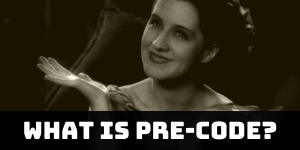

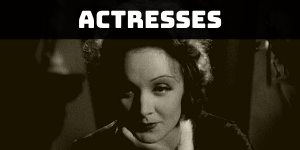
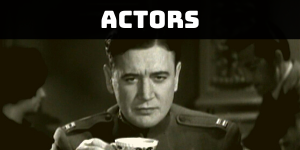



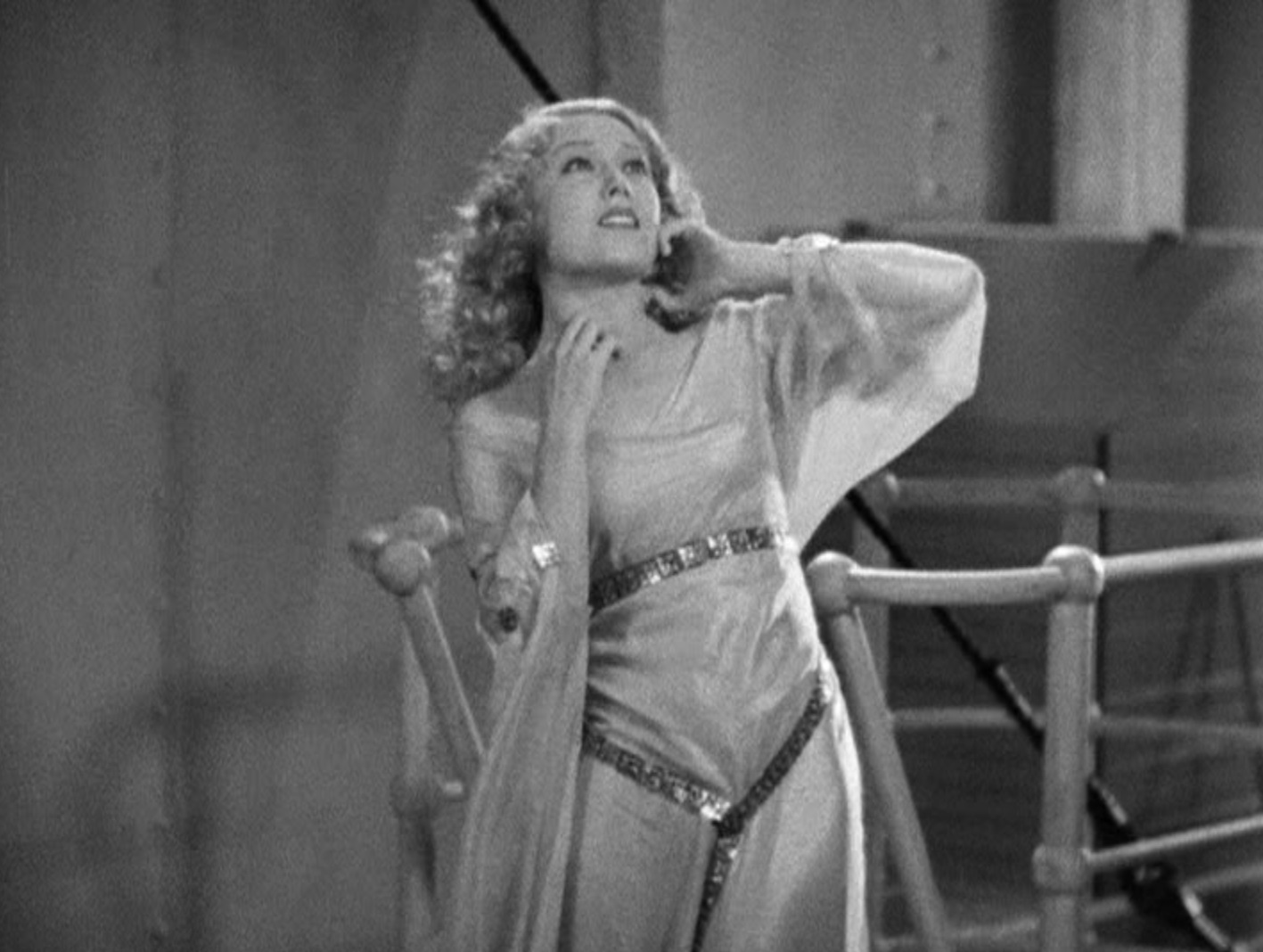
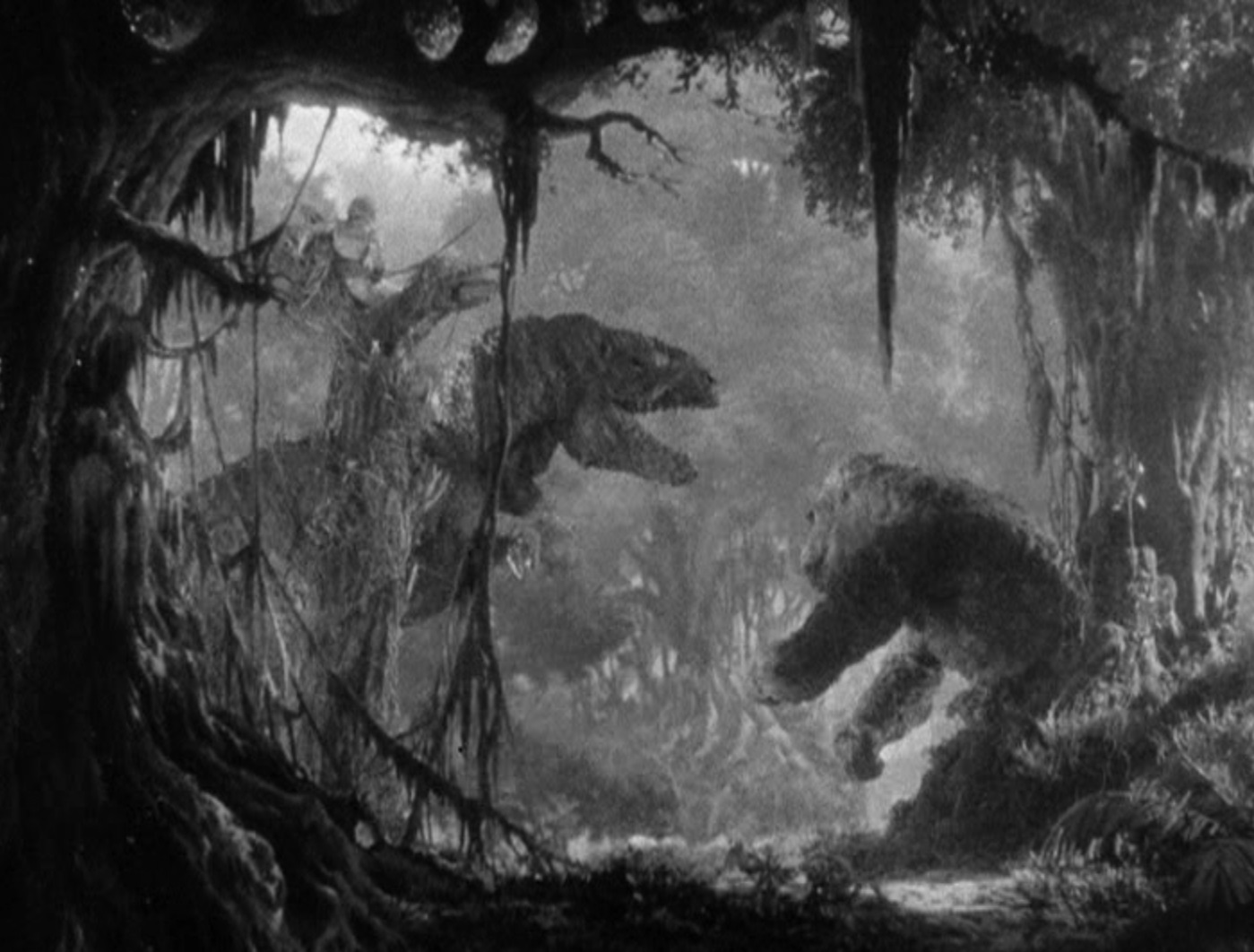
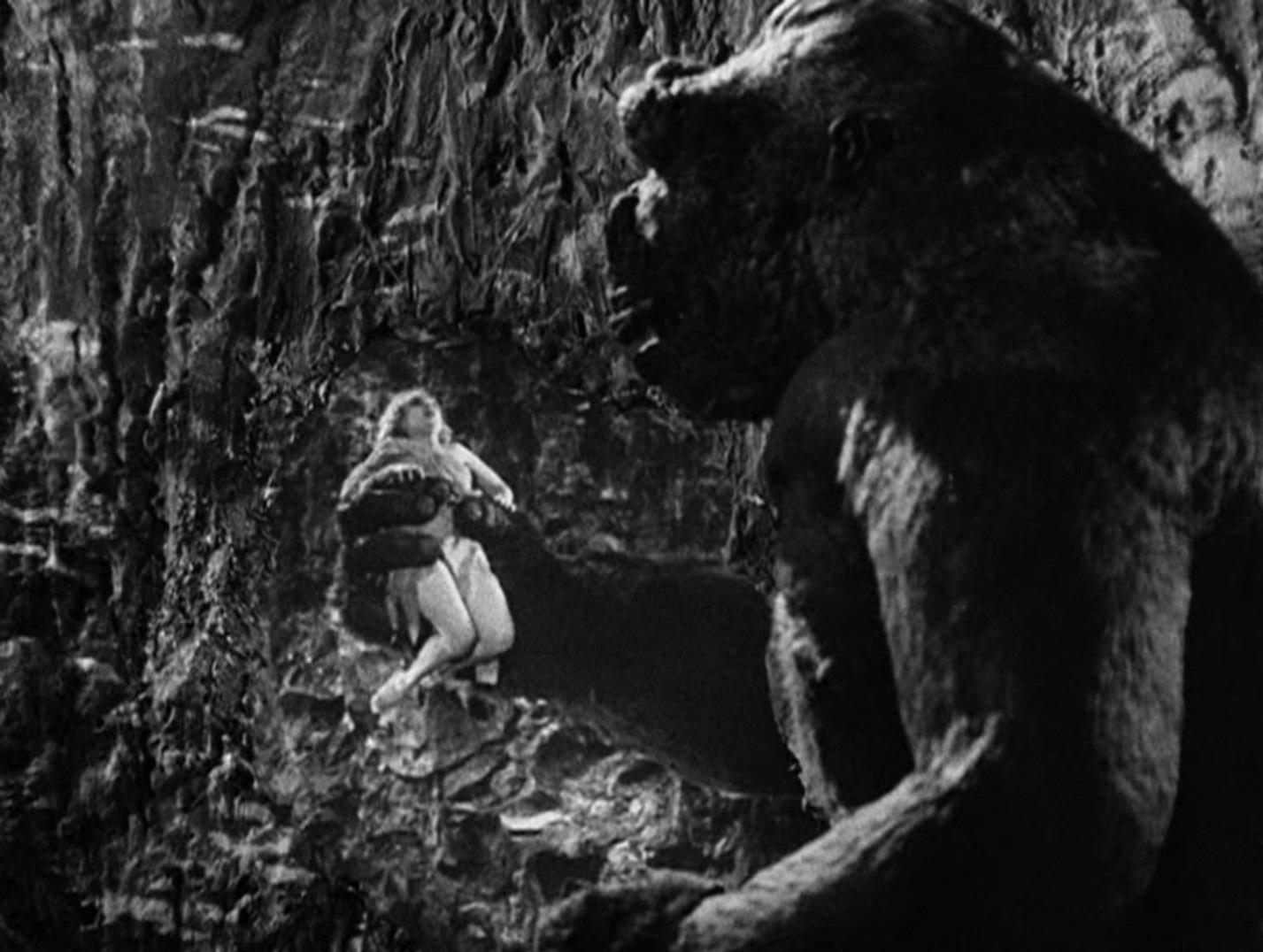
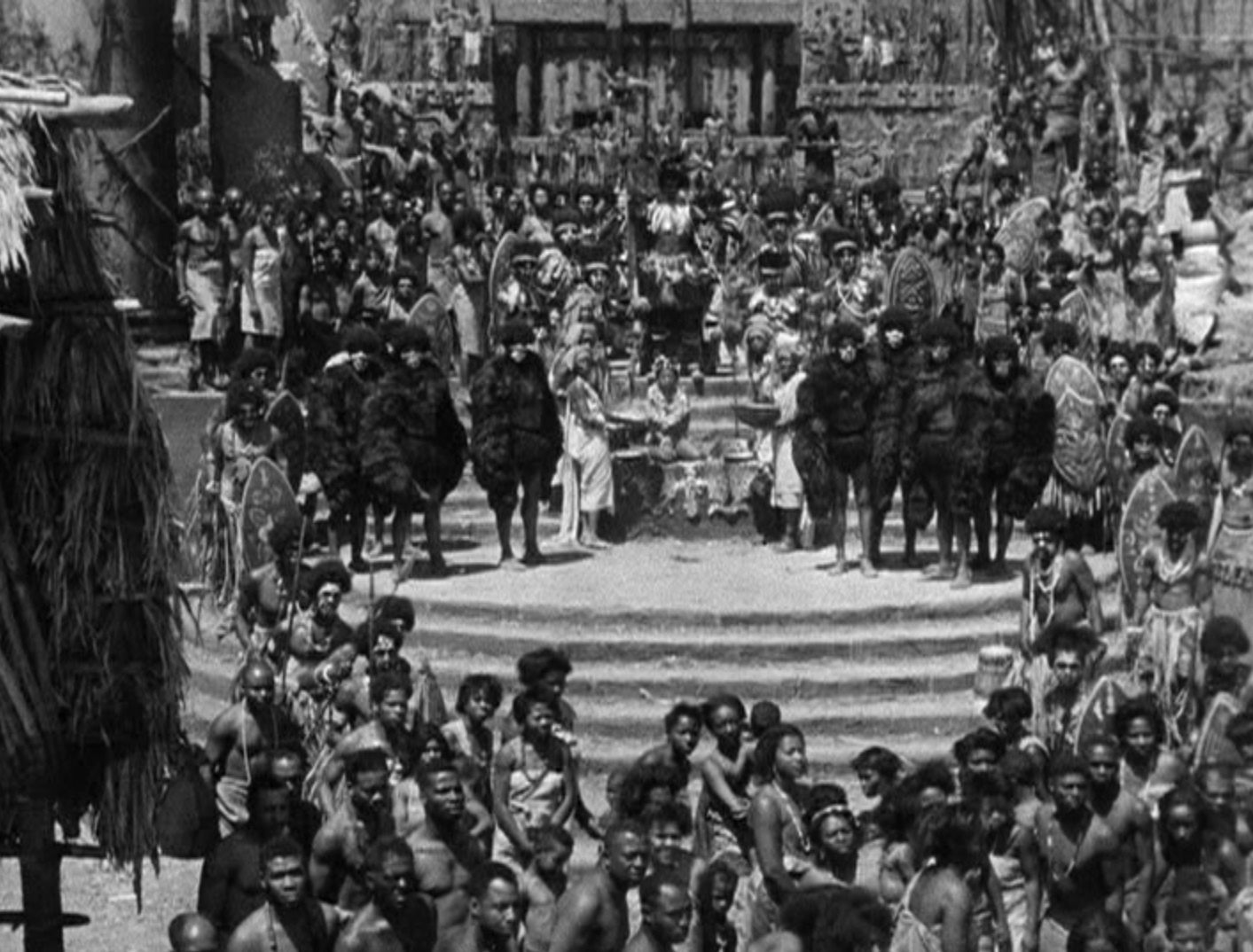
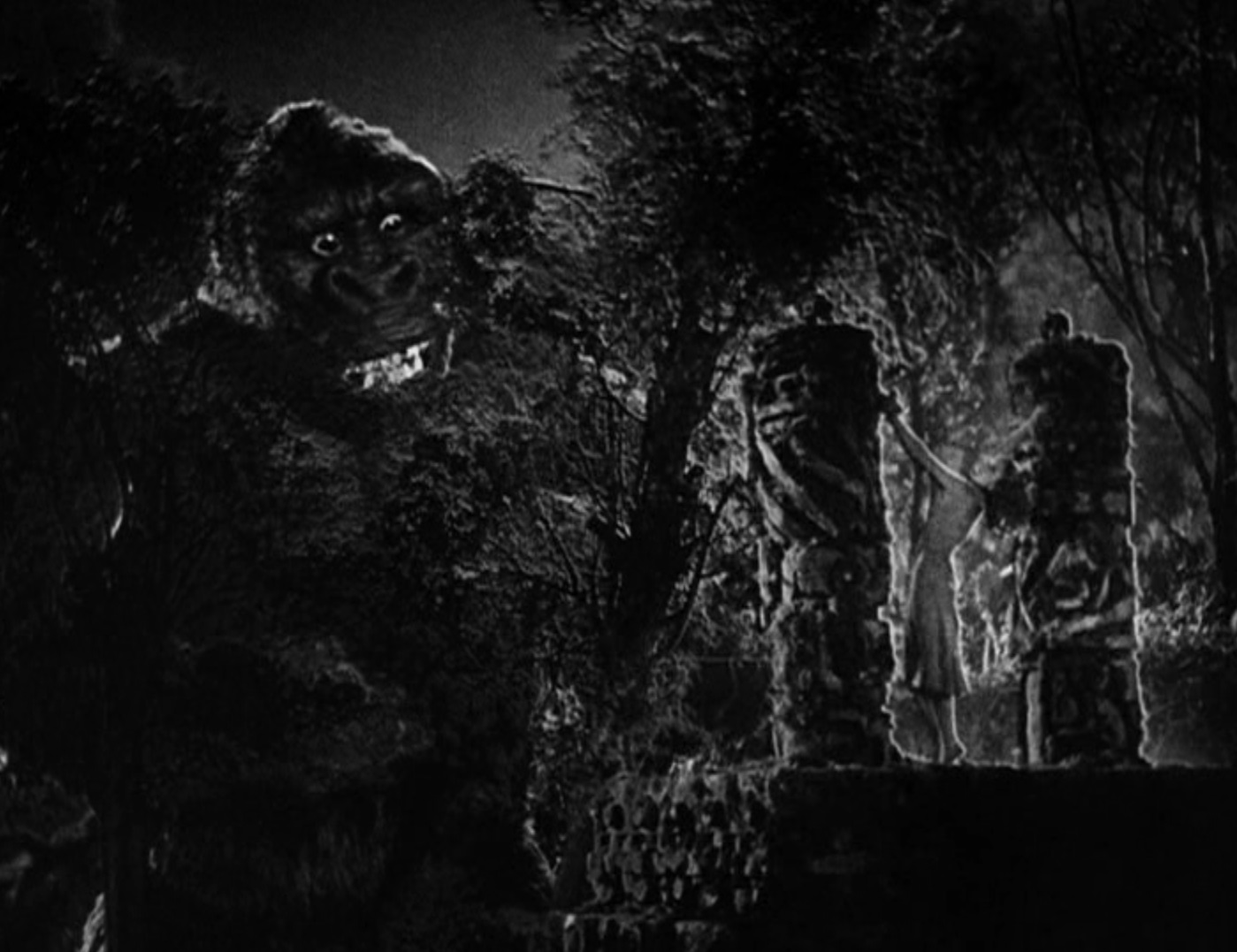
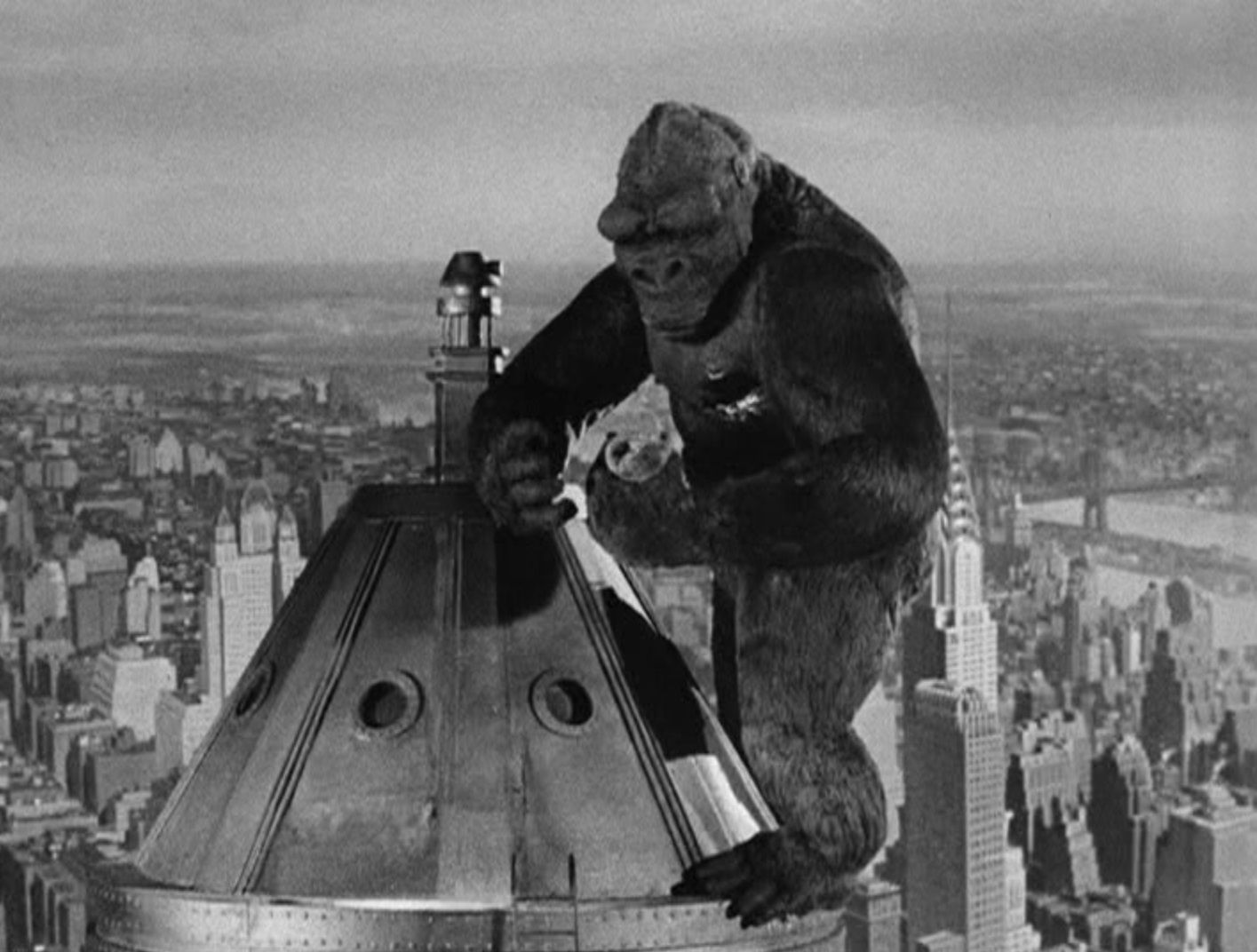
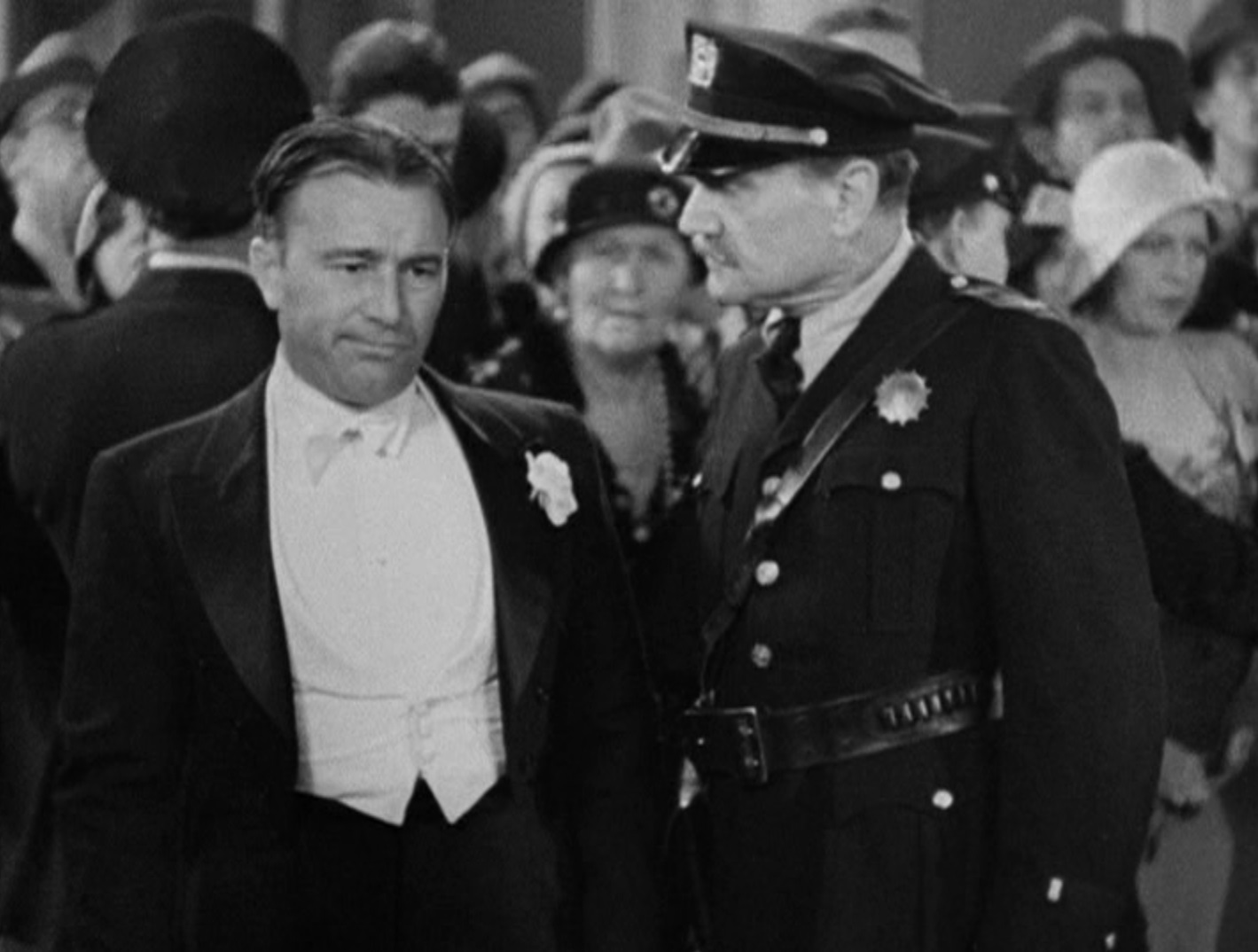
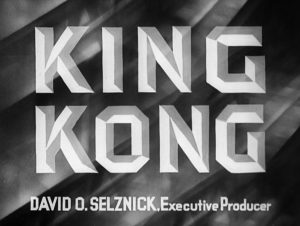
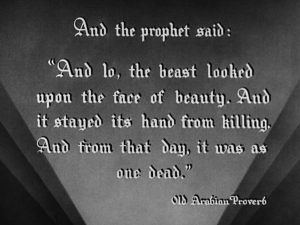
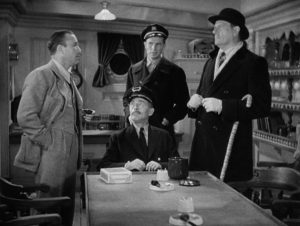
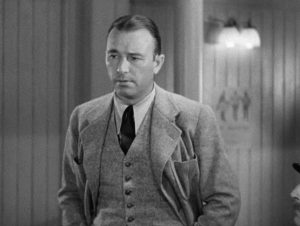
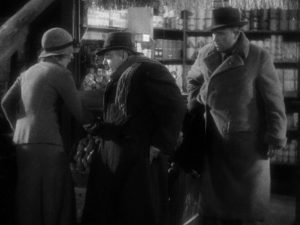
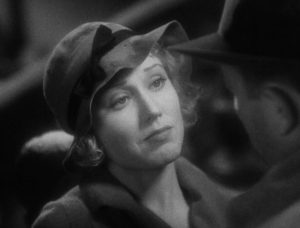
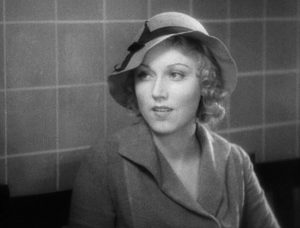

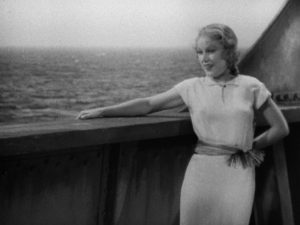
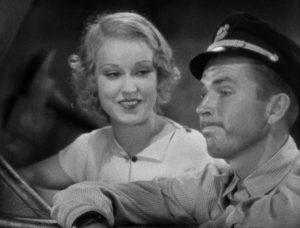
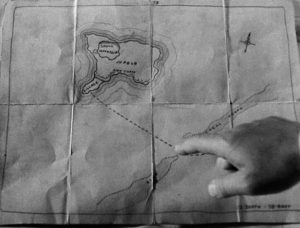
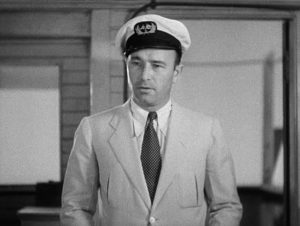
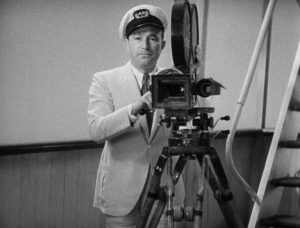
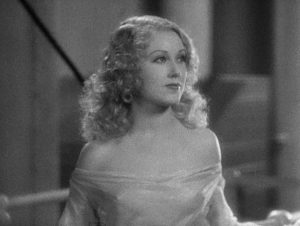

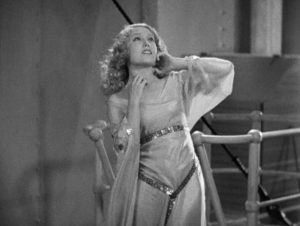
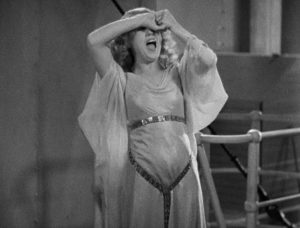
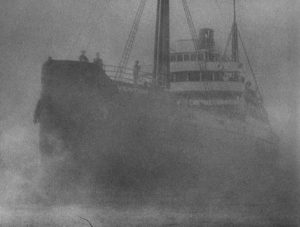
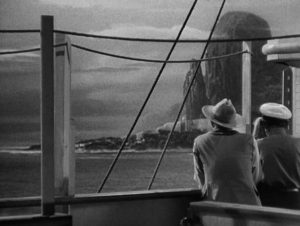
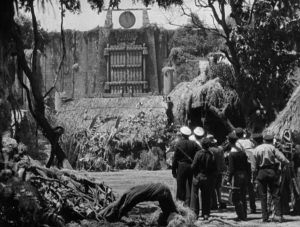
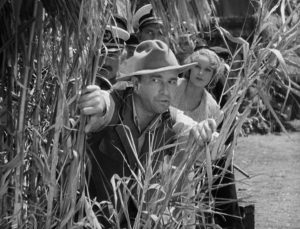
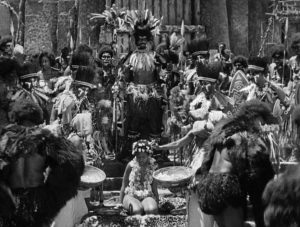
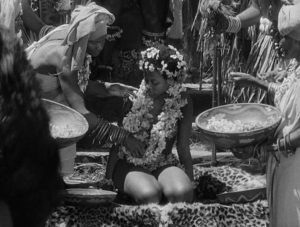
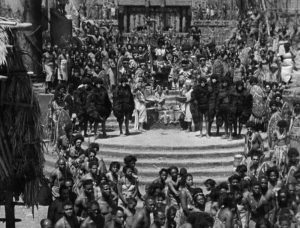
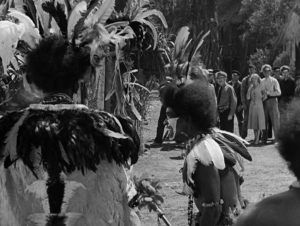
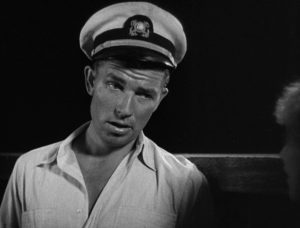
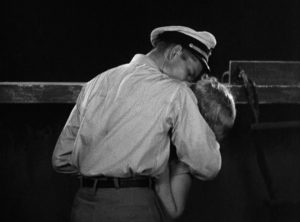
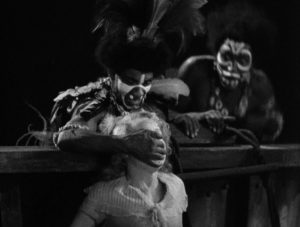
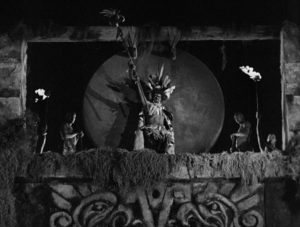
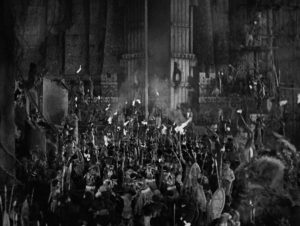
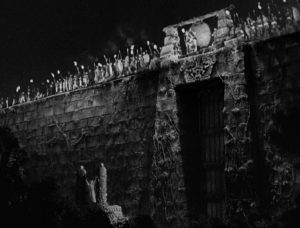
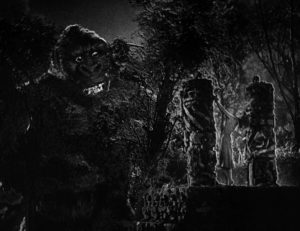
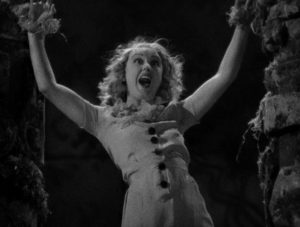
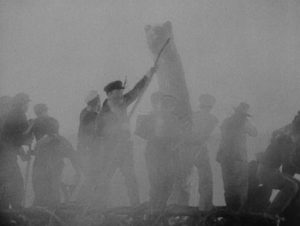
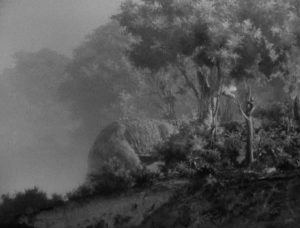
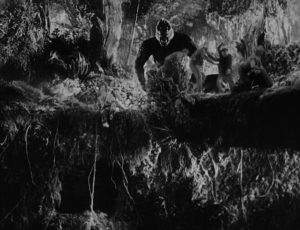
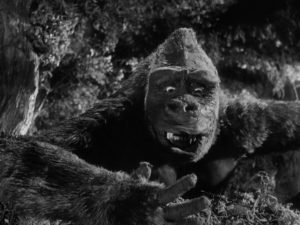
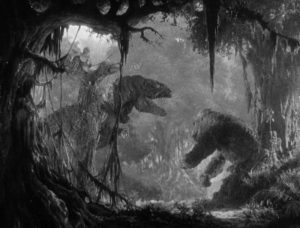

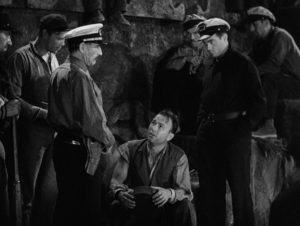
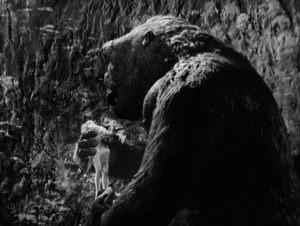
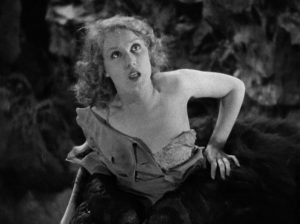
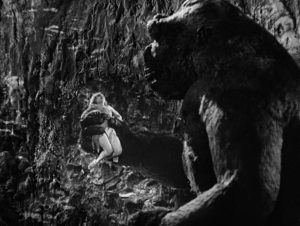

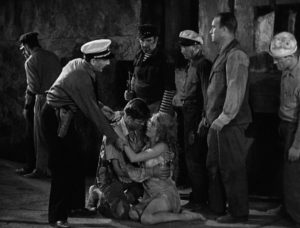
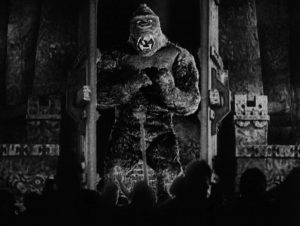
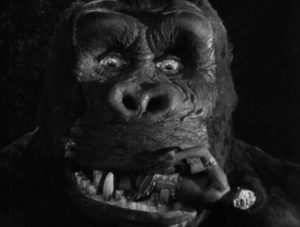
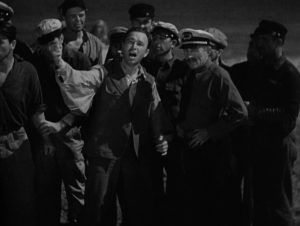
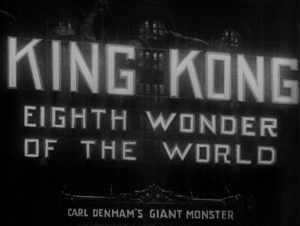
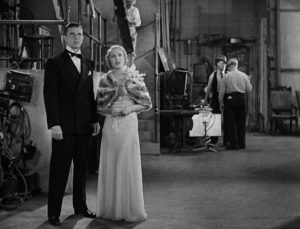
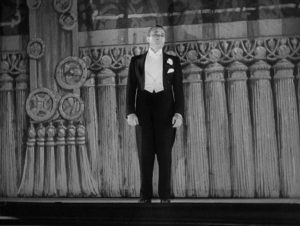
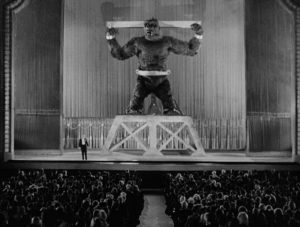
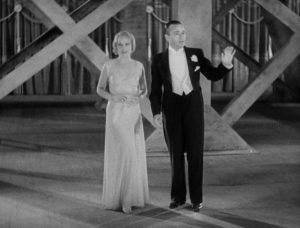
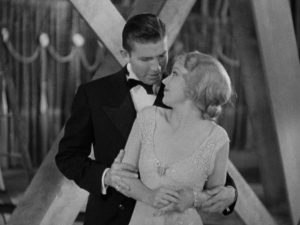
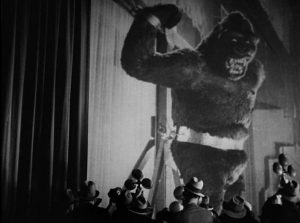
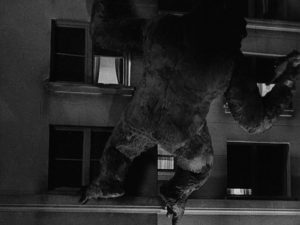
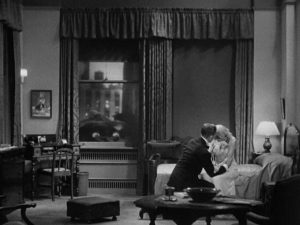
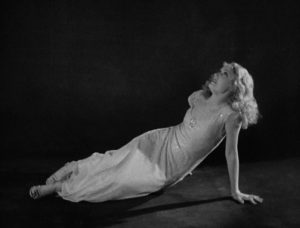
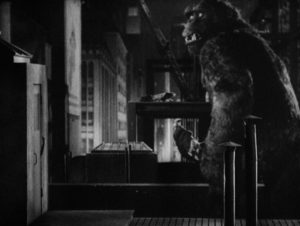
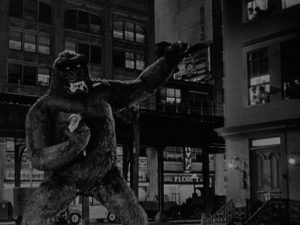
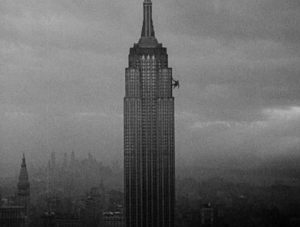
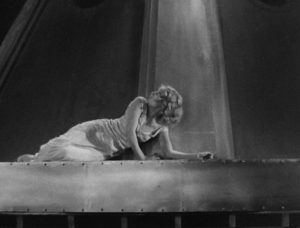
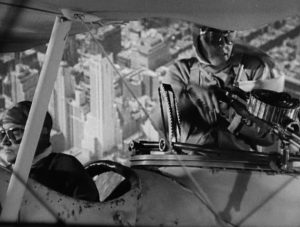
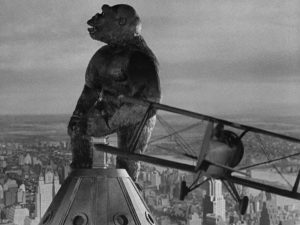
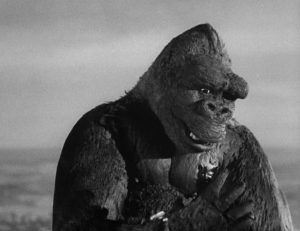
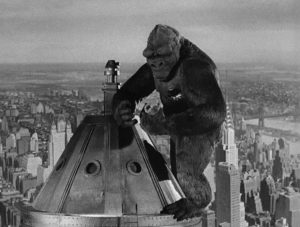


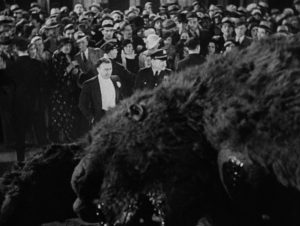
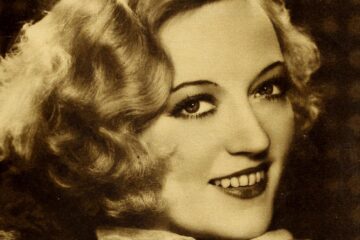
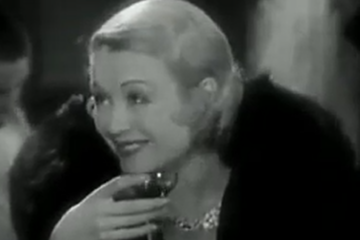
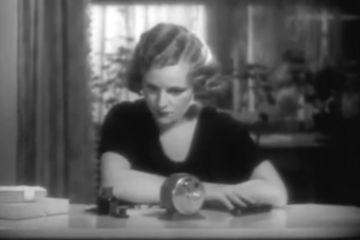
4 Comments
Patricia Nolan-Hall (@CaftanWoman) · February 7, 2020 at 6:47 am
I’ve not read many (none that were memorable anyway) articles on “Kong”. For this movie, I just choose to sit down with my popcorn and see what aspect will stand out for me this time.
I’m glad I broke that silly rule to read your review as it spoke to me and inspired me. Yes, he still stands above them all.
Once at a screening at our local theatre there were some giggling early twenty-somethings, but they didn’t stay for long sparing them my wrath.
Hector Castro · February 7, 2020 at 8:09 am
Kong is one of my favorite films and I’ve seen it many times, including on the big screen at a revival theater. But only recently did I see the uncut version – and they blew my mind! When kong bites the villager in half he looked like he was having way too much fun.
Buffy1944 · February 7, 2020 at 7:37 pm
Fascinating article and very well done. Thank you.
Radioman · February 29, 2020 at 1:19 pm
I think that part of our love for King Kong is that upon watching it we are taken back to our childhood and our first viewing. I well remember WOR-TV in New York running it several times a day for a week (that’s right!) in the late fifties and my friends and I acting out some of the better lines, “Have you ever heard of Kong?”. It was, and still is, great fun and we are young again.
Thanks for your site and this review!
Comments are closed.